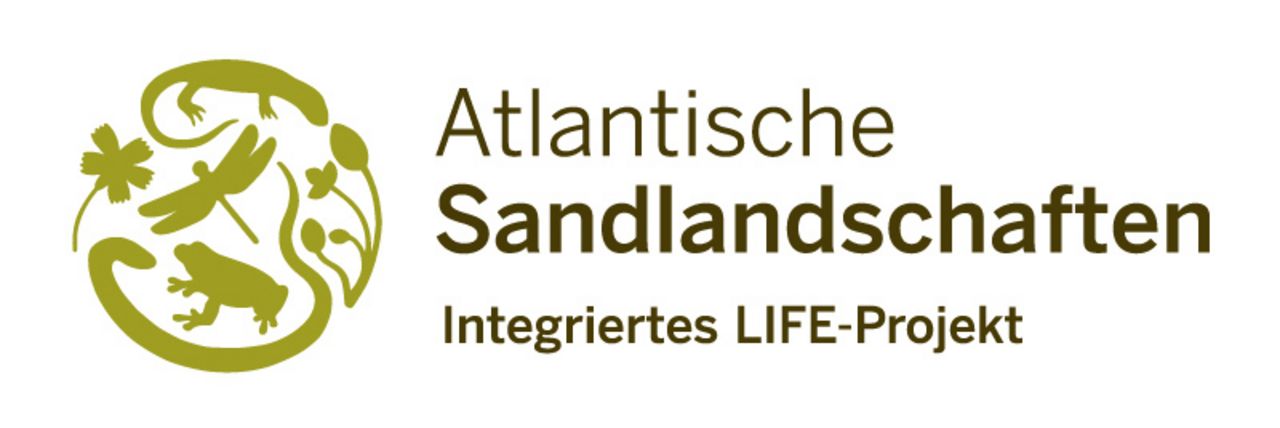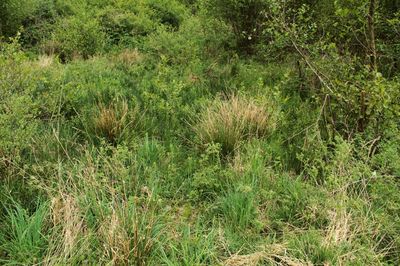Project
Socio-economic monitoring "Atlantic Region”

Socio-economic monitoring of the IP-LIFE project "Atlantic Region”
With the LIFE program, the EU has been funding projects in environmental, nature and climate protection since 1992. The project "Atlantic Region" is an integrated LIFE project in the federal states of North Rhine-Westphalia and Lower Saxony.
Background and Objective
The Atlantic region is characterized by nutrient-poor habitats and sandy soils whose conservation status is often negatively affected by changes in land use and nutrient inputs. The project Atlantic Region aims to conserve, restore and create typical habitats of the Atlantic region and thus also improve the conservation status of ten focal species.
Integrated LIFE projects differ from classical LIFE projects and investment-based nature conservation measures of the European Agricultural Fund for Rural Development (EAFRD) by the size of the geographical reference area, the mobilization of additional national funds and the obligatory stakeholder participation.
In addition to classical socio-economic issues, the accompanying research focuses on aspects arising from the characteristics of the IP-LIFE approach:
• Assessment of the economic consequences
• Evaluation of the ecosystem services provided
• Evaluation of the efficiency of the IP LIFE approach with special consideration of
a) the implemented project structure in the two federal states,
b) the approaches of intensive stakeholder participation.
|

Target Group
Representatives of the administration on regional, national and European level
Approach
The project is divided into the following work packages:
- Estimation of economic effects and changes in ecosystem services for selected measures on the basis of literature data and detailed information on the individual nature conservation measures.
- Advantages and disadvantages of the IP LIFE approach considering the multiregional approach and the intensive stakeholder participation in comparison to other funding programs:
a) Preparation of structural maps of the IP LIFE project in which participating agencies and institutions and their main interaction patterns are recorded. On this basis, the strengths and weaknesses of the established structures are elaborated with regard to the given challenges.
b) Conducting guideline-based surveys for in-depth recording of the participation arrangement (i.e. function, composition, scope of tasks of the various committees and participation processes set up)
Data and Methods
The analyses are based on interviews with stakeholders and evaluations of documents and literature. For the estimation of the economic effects, a projection is made on the basis of an evaluation of the detailed measures database using geographic information systems.
Our Research Questions
- Estimation of the economic consequences of the implementation of the measures
- Evaluation of the change in the ecosystem services provided
- Evaluation of the efficiency of the IP LIFE approach with special consideration of the constellation of actors and intensive stakeholder participation.
Preliminary Results
Results, in particular on the constellation of actors, will be available at the end of 2022
Links and Downloads
Thünen-Contact

Involved Thünen-Partners
Funding Body
-
Bundesland Niedersachsen
(national, öffentlich)
Duration
4.2018 - 12.2026
More Information
Project status:
ongoing

![[Translate to English:] [Translate to English:]](/media/_processed_/2/0/csm_LV_Bei_Hornburg_Quelle_Johanna_Fick_neu_da89674833.jpg)
![[Translate to English:] [Translate to English:]](/media/_processed_/2/0/csm_LV_Bei_Hornburg_Quelle_Johanna_Fick_neu_3aae309567.jpg)
![[Translate to English:] Logo des Bundesministerium für Ernährung und Landwirtschaft](/media/allgemein/logos/BMEL_Logo.svg)